Bloomington’s Bethel African Methodist Episcopal church set to get historic district OK from city council
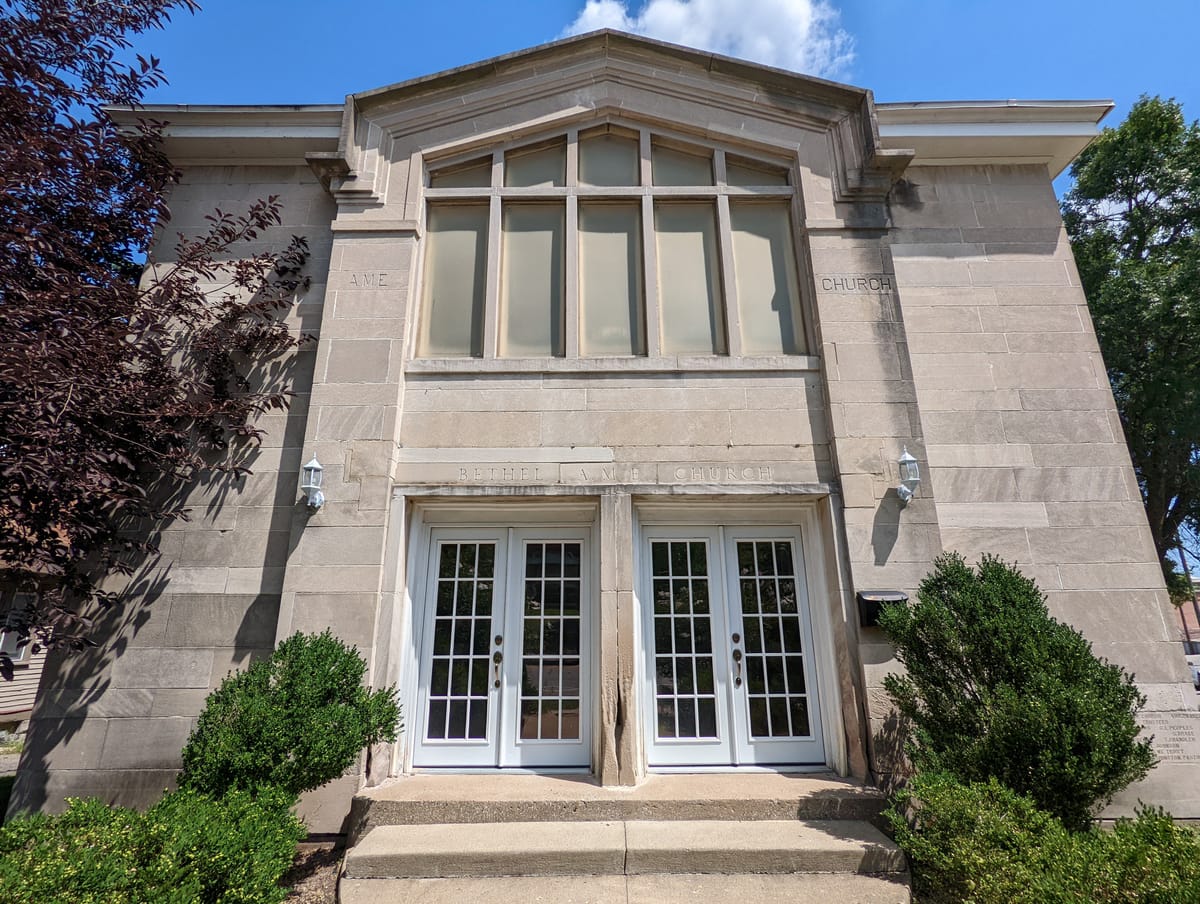
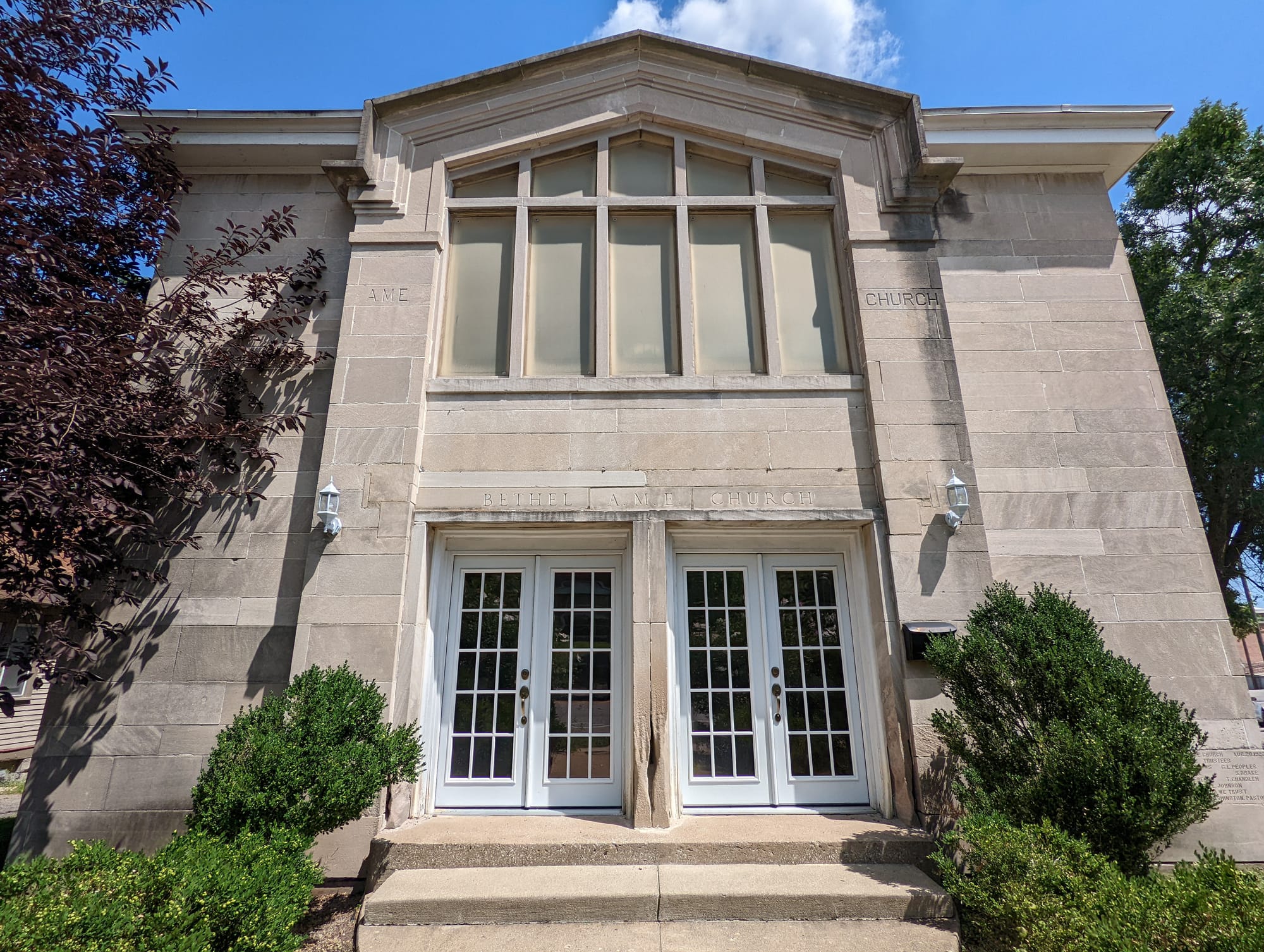

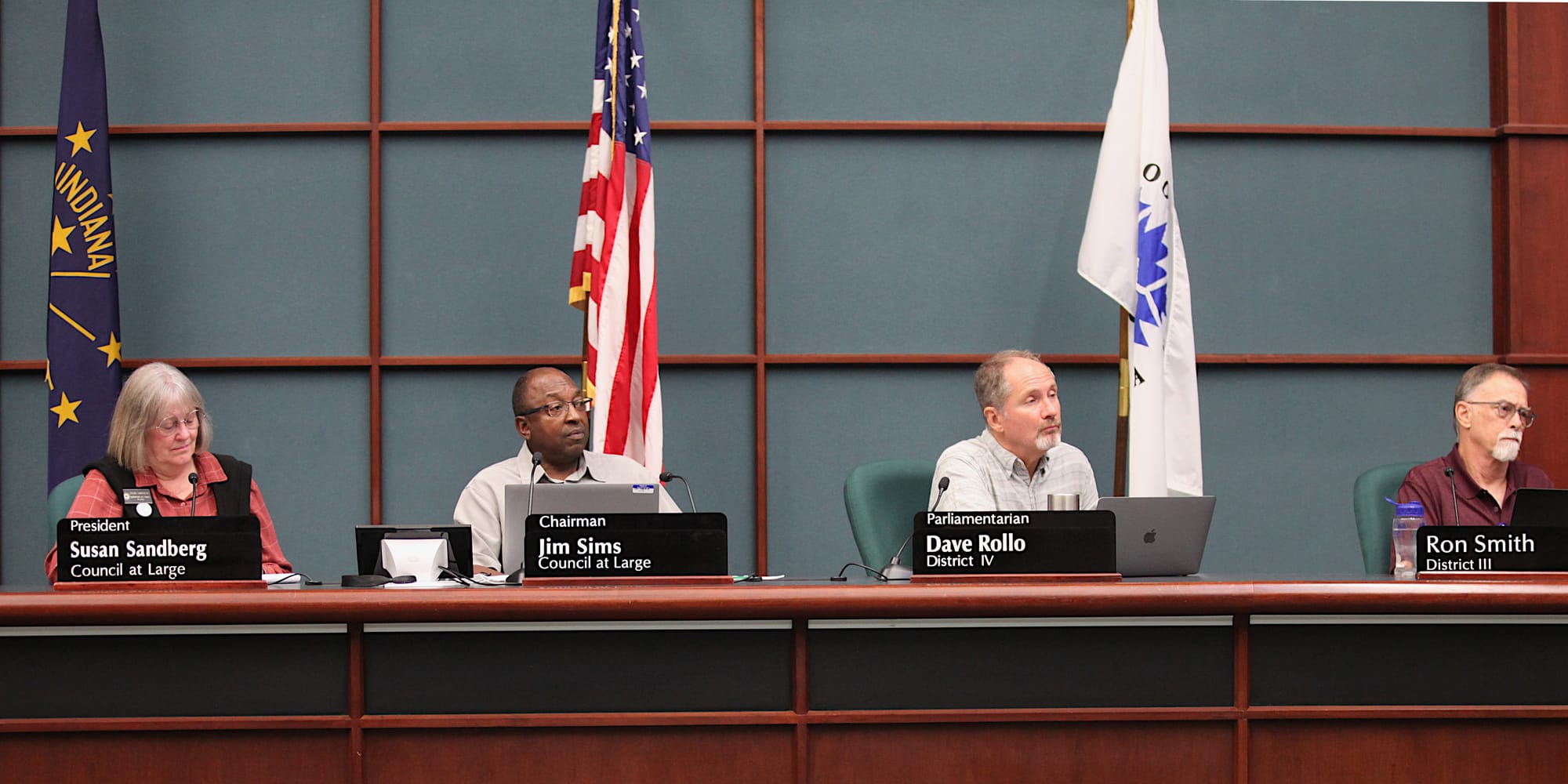
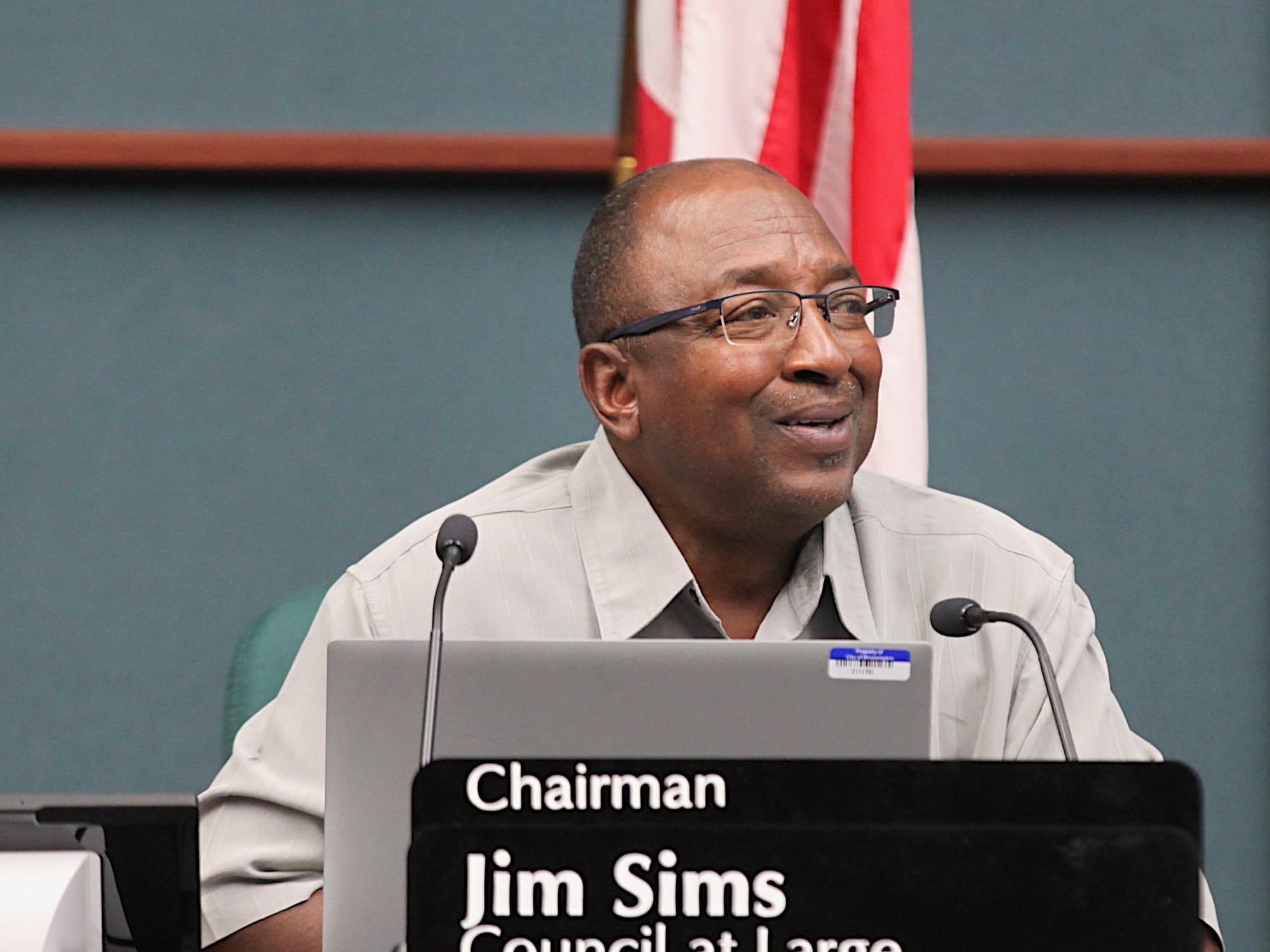
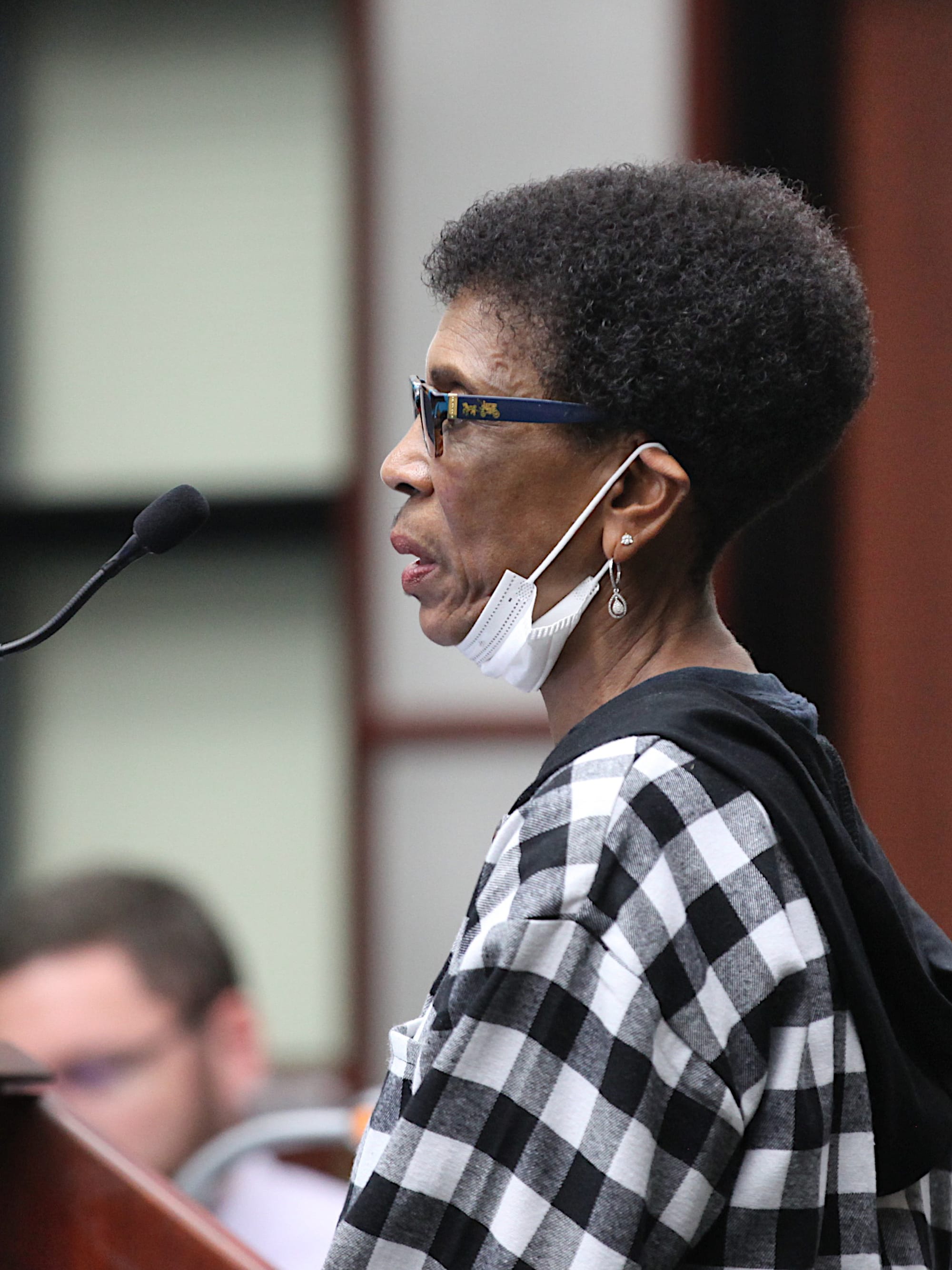


Bloomington’s Bethel AME church, which sits on the northeast corner of 7th and Rogers streets on the western edge of downtown, is set to receive historic designation from the city council at its meeting next Wednesday (Aug. 17).
The parsonage, which sits to the north of the church, will also receive a vote on its historic designation.
This Wednesday, four members of the city council got a preview of the agenda item at a scheduled committee-of-the-whole meeting. The meeting turned out to be just a gathering, not an official meeting, because a quorum of five was not achieved.
The church building was constructed in 1922, and was designed in the classical revival Tudor style by John Nichols.
Nichols is the same architect who designed many of Indiana University’s prominent buildings like Wylie Hall and the Kirkwood Observatory, as well as the Princess Theater, and the Von Lee Theater, among many others, according to Duncan Campbell.
Campbell is a member of the city’s historic preservation commission (HPC), who spoke during public commentary at the council’s Wednesday committee meeting.
A building can qualify for historic designation based on satisfying any of the criteria in either the architectural or historic categories.
Two of the architectural criteria are met by the Bethel AME church, according to Bloomington’s historic preservation program manager, Gloria Colom Braña.
She told councilmembers on Wednesday those criteria are met because: it’s the work of a designer (Nichols) whose individual work has significantly influenced the development of the community; and exemplifies the built environment in an era of history characterized by a distinctive architectural style.
But it’s not just the architectural significance of the building that qualifies the church for historic designation. The church satisfies two of the three criteria in the historic category: it has significant character, interest, or value as part of the development, heritage, or cultural characteristics of the city; and it exemplifies the cultural, political, economic, social, or historic heritage of the community.
Related to the historic criteria, Bloomington congregation was founded on Sept. 17, 1870, organized by Rev. John W. Malone.
According to Colom Braña’s report, the church has served as one of the main religious institutions for Bloomington’s Black community since the time the congregation was founded. Colom Braña’s report says, “[T]he church doubled as a social cultural unifier, providing a space for creativity, social cohesion, and a place where Indiana University’s Black students could find community as well.”
Addressing the council’s committee on Wednesday was Nancy Cross-Harris, who is a member of the Bethel AME congregation. “The building itself, it’s beautiful.” She added, “As pretty as it is, we, as Christians there, serve and we minister to the spiritual, intellectual, physical, emotional, and environmental needs of all people, by spreading Christ’s liberating gospel, through word and deed.”
Also speaking during Wednesday’s gathering of councilmembers was HPC member Elizabeth Mitchell, who called Bethel AME the “crown jewel” of Bloomington. Mitchell highlighted the effort of Mattie Jacobs Fuller, a founding member of the church, who raised money to buy the lot with her performances playing the organ. Jacobs Fuller raised more than $13,000 to purchase the land and build the church.
Councilmembers in attendance—Susan Sandberg, Jim Sims, Dave Rollo, and Ron Smith—all said in an informal way that they were solidly in favor of approving the historic district for Bethel AME next Wednesday. The council could not take its usual straw vote on the proposal, because it did not have a quorum of five on the nine-member body.
Sims took the chance during his remarks to provide some historical background on the Bethel AME denomination. It’s important for people to know that AME is an acronym for “African Methodist Episcopal,” Sims said. He continued, noting that the AME church was founded in 1787 in Philadelphia, Pennsylvania, led by Richard Allen.
Sims said he’s familiar with those historical facts because, “Even though I am a very proud and dedicated member of Second Baptist Church here in Bloomington, I was born and raised at Bethel AME in Muncie, Indiana.”
Sims wrapped up by saying, “So I will be very, very happy to support this.”
The request goes to the full council with the unanimous support of the city’s historic preservation commission on a vote taken on July 14.




Comments ()